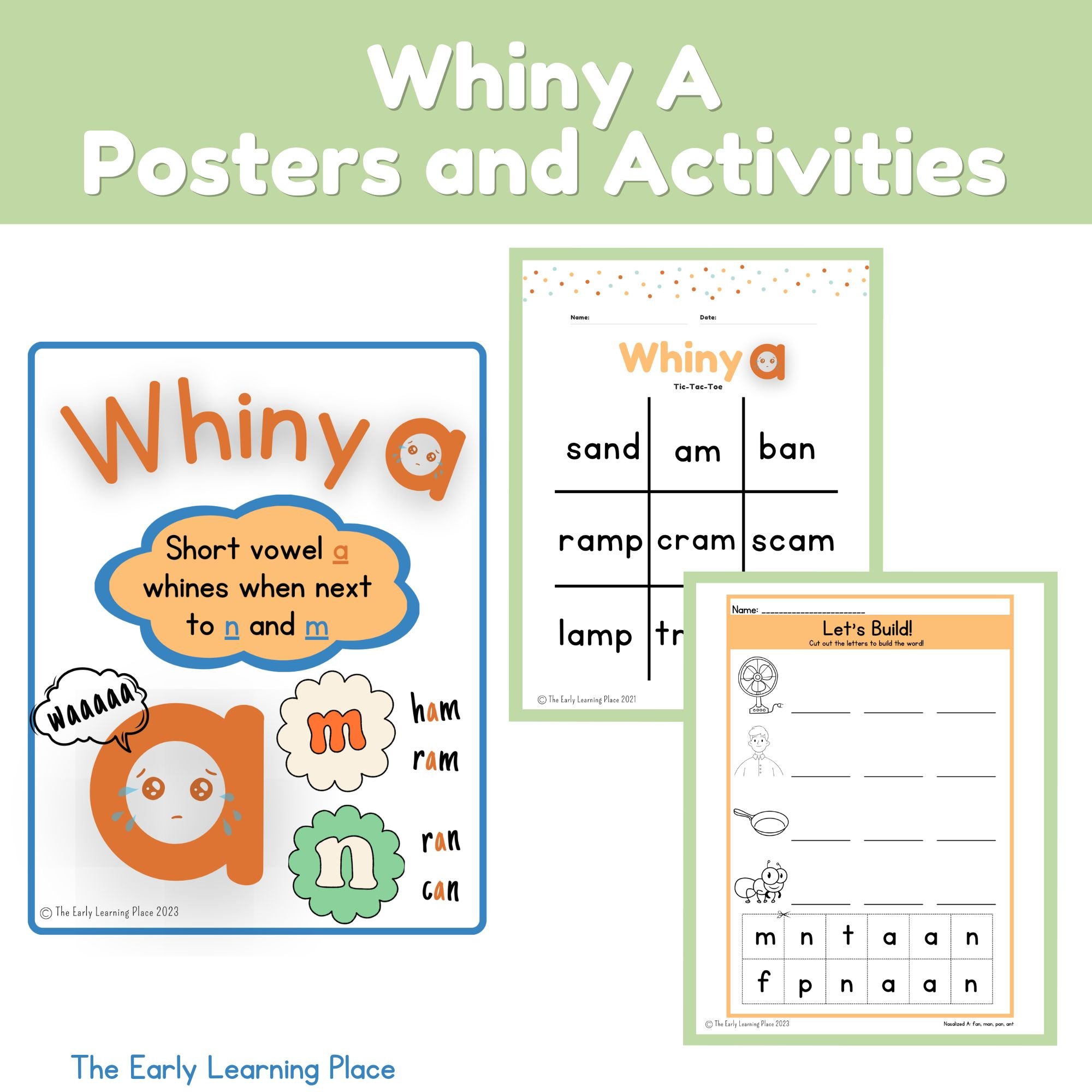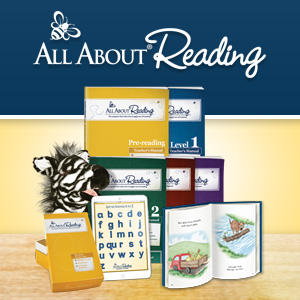What Is the "Whiny A" Phonics Rule? How to Teach It Effectively (Nasalized A)
What is the "Whiny A" Phonics Rule?
Have you noticed your child stumbling over words like "can" or "Sam"? If so, they might be getting tripped up by something called the "Whiny A" or “Nasalized A” rule! This lesser-known phonics principle explains why the short "a" sound behaves a bit differently before the letters "n" and "m."
To be honest, I hadn’t heard of the "Whiny A" rule until a few years ago. But when I did, it was like a lightbulb went off! Suddenly, it made sense why early readers often struggle with these words.
So, let’s dive into what the "Whiny A" (or Nasalized A) rule is and how you can use it to help your child!
What Causes the "Whiny A" Sound?
The "Whiny A" rule refers to the way the short "a" sound (as in "cat" or "bat") can change slightly before "n" or "m." Instead of the usual clear short "a," the sound gets a bit nasal—it’s almost like the vowel is "whining"! This subtle shift can confuse early readers who are still mastering the short "a."
For example:
In "can" or "Sam," the short "a" sound isn’t quite the same as in "cat" or "sat." (Try saying it aloud. Can you hear the difference?)
Kids might struggle to identify this sound because it doesn’t match the traditional short "a" they’ve learned. But once you recognize the pattern, you can help your child breeze through these words.
Why Does the Short "A" Change Before "N" and "M"?
The "Whiny A" sound only happens before "n" or "m" because these letters are nasal sounds.
When the letter "a" comes before them, its sound gets a bit distorted. It sounds whiny, hence the name of the phonics rule!!
Try saying "cat" and then "ham" out loud. Can you hear the difference?
When Should You Teach the "Whiny A" Rule?
The best time to introduce the "Whiny A" rule is after they’re comfortable with words like "cat," "bat," and "rat." After you have already introduced the typical sound for short A, you can start working on words where short "a" appears before "n" or "m."
They don’t need to know all the short vowel sounds before tackling this rule but they do need to know the sounds for “n” and “m!”
If you have an older reader, who is having trouble reading words like, stand, clam, or band, I would introduce the Whiny A rule as well!
How to Teach "Whiny A" in a Fun Way
This rule is so much fun to teach, so feel free to get silly! In fact, the sillier you get, the more likely your child is to remember it.
Here are four tips for making the "Whiny A" rule fun and effective:
Explain the Rule Clearly
Help your child understand why the letter "a" sometimes sounds whiny. Tell them that "n" and "m" are nasal sounds, so the "a" gets distorted when it’s next to them. I like to say the letter "A" doesn’t like standing next to "N" or "M" and whines when it has to!
Add Humor
Make up a story! Ask your child, "Why do you think the letter 'A' doesn’t like 'N' or 'M'?" Let them come up with their own funny reasons—this keeps learning light and engaging and they are more likely to remember this rule if THEY come up with a story.
Use Visuals
Posters and visuals are great tools to help your child recognize patterns in words. Seeing the shift in sound visually can make it easier to understand when the short "a" changes.
Practice and Point It Out
Give your child plenty of practice with "Whiny A" words. And don’t forget to point it out when you are reading—next time you come across a word like "can" or "ham," call attention to the whiny sound!
Whiny A Materials and Resources
Looking for a fun way to teach the "Whiny A" rule? I’ve created engaging visuals and activities to help solidify this tricky concept for my students. They’re perfect for general education, tutoring, or homeschool settings!
⭐ My Whiny A Resource Includes:
A quick explanation of what "Whiny A" is
2 full-size posters (one with example words, one without)
2 quarter-size posters (one with example words, one without)
2 half-size posters (one with example words, one without)
"Let’s Map It!" orthographic mapping activity
"Find It!" worksheet
2 "Roll and Reads"
1 rapid reading chart
"Let’s Build!" activity (cut letters to build words)
4 Tic-Tac-Toe boards
1 "Whiny A" card game
30 "Whiny A" words
These tools can help your child master this phonics rule, leading to smoother reading and fewer frustrations—win-win!
You’ve Got This! Teaching Whiny A
Mastering the "Whiny A" rule is a key step in your child’s reading journey. While it may be tricky at first, especially with the sound change only happening before "n" and "m," the right approach can make all the difference. With fun activities, hands-on learning, and plenty of practice, you can help your child tackle those challenging short "a" words and read with confidence.
Tools that Promote Whiny A
Tools I Love
🔧
Tools I Love 🔧
The Early Learning Place contains affiliate links. If you make a purchase, I may receive compensation at no extra cost to you! But I do SO appreciate your support! (And I will only ever, suggest tools that I personally use and love!)
Use code PLAY15 for 15% off any game from The Fidgit Game! My pick for practicing CVC words is Word Pop!.
I am all for making learning multisensory and sensory bins are the perfect way to do just that! I love this one from Mama of Joy Sensory Play.
Want some step-by-step instructions on how to teach your beginner reader? Check out All About Reading! This is the ONLY program I recommend! Perfect for homeschool families, who want an affordable yet effective program to use at home. My content and philosophy align perfectly with it! Click here to learn more and feel free to message me if you are unsure what program would be the best fit!












